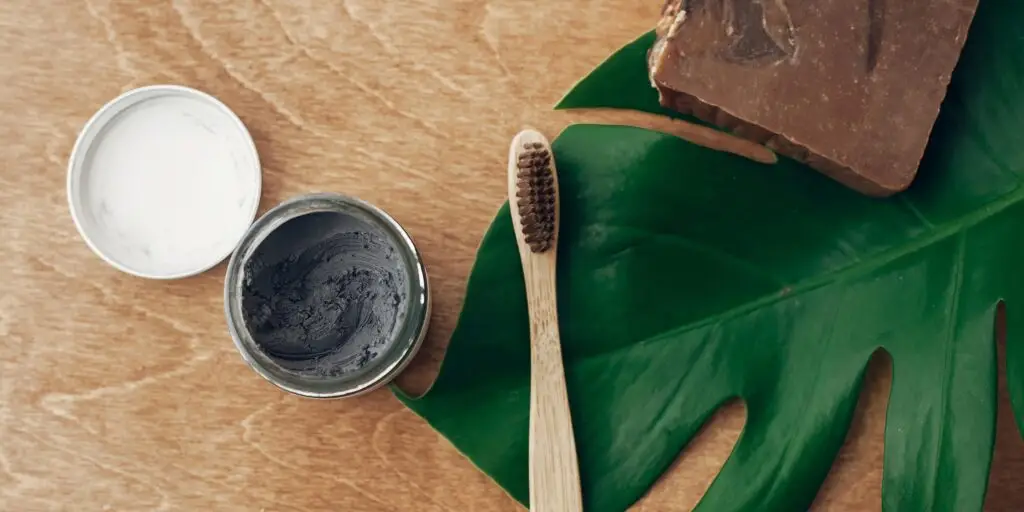
Teeth Whitening with Activated Charcoal
Charcoal toothpastes and powders are a recent innovation to the dental product market. Marketing campaigns flooding social media such as Instagram, Facebook and YouTube claim that brushing with activated charcoal whitens teeth and improves the health of the teeth and gums.
So how does it work?
In the early 1900’s the World Health Organisation (WHO) listed activated charcoal as an essential medicine for treating poisoning and overdoses. When taken, the activated charcoal allows the drugs and toxins to bind to it, helping to safely rid the body of unwanted substances. To date there have been no scientific studies to confirm that activated charcoal is effective in whitening teeth or improving the health of the teeth or the gums.
Some wellness gurus advocate the activated charcoal toothpastes essentially help rid the mouth of bacteria and toxins the same way it helps the gut – binding to the toxins and expelling them. However, due to the abrasiveness of charcoal products the disadvantages outweigh the benefits.
Abrasive products can certainly help lift extrinsic (surface) staining from things such as tea, coffee, red wine and tobacco, making the teeth appear whiter.
Excess abrasion to the teeth can cause gingival recession , enamel loss and dentine exposure, all of which lead to heightened sensitivity to hot and cold and increased risk of tooth decay.
How does this happen?
Enamel is essentially the hard protective, white layer of the teeth. It protects the inner, softer layers from hot and cold stimulus and well as being a strong barrier against decay causing bacteria.
With any abrasive products loss of enamel leads to the darkening or yellowing of the teeth – this is the second layer of the tooth, the dentine being exposed. Thus counteracting any “ whitening” from the charcoal toothpaste.
Exposed dentine also increases tooth sensitivity and is at higher risk of dental decay due to its soft composition, decay is likely to spread at a higher rate.
It is important to understand enamel has no regenerative components, once it is gone, its gone. The only way to improve the discolouration or damage is by having a dentist place a restoration. (Filling/ crown/ veneer)
Further , the charcoal products can have a negative aesthetic effect by staining or lodging in the margins of existing restorations/fillings/ veneers making the margin appear dark and stained. Any charcoal lodging below the gums can cause inflammation and trauma. This can be not only be unsightly, but also difficult to remove or polish away.
Our View on Charcoal Toothpastes and Whitening Products:
While brushing with an activated charcoal tooth paste may feel fresh and clean, it is important to consider the long term effects and damage you may be causing to your teeth and always consult with your dental professional prior to using.
Charcoal products have been shown to lift surface staining providing a superficial , temporary result. However there is no formal evidence to suggest any actual whitening or further dental health benefits. Long term use is not recommended due to the abrasive nature of the product. As dental professionals we will always recommend products that are backed with research due to the fact it has been tried and tested for safety, the health of the mouth and possible side effects.
For whitening the products we recommend will contain either carbide peroxide or hydrogen peroxide. Low percentage peroxide products can be purchased over the counter but higher strength professional whitening products should always be applied for administered by a dental professional.
Hydrogen and carbamide peroxides work by penetrating the enamel and breaking molecular bonds, charcoal products only remove surface stains through abrasion. So while activated charcoal has been approved by the FDA, as with any abrasive products it is best used with caution. Always consult with your dental professional when considering using alternative dental products.
References:
1: The Pharmaceutical Journal , Charcoal Toothpastes : What we know so far
https://www.pharmaceutical-journal.com/opinion/correspondence/charcoal-toothpastes-what-we-know-so-far/20203167.article
2: Academy of General Dentistry: Activated Charcoal as a Whitening Dentrifice
https://www.omicsonline.org/proceedings/activated-charcoal-as-a-whitening-dentifrice-37325.html
3: Dentistry IQ: Black Toothpaste and White Toothpaste, When Opposites Collide
https://www.dentistryiq.com/articles/2017/03/black-toothpaste-and-white-teeth-when-opposites-collide.html
4: Clifton M. Carey, BA, MS, PhD, Professor, Tooth Whitening: what we now know https://www.ncbi.nlm.nih.gov/pmc/articles/PMC4058574/
5: Journal of Physics: Conference Series, Surface Changes of enamel after brushing with charcoal toothpaste
http://iopscience.iop.org/article/10.1088/1742-6596/884/1/012002/pdf
Share this post!

